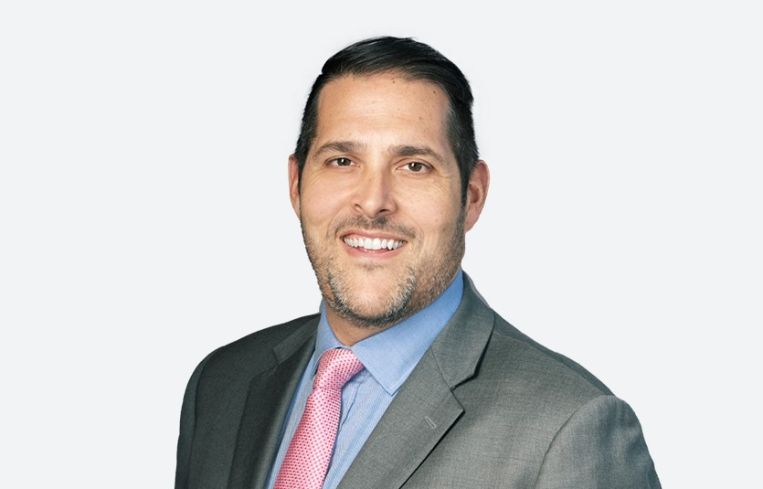Presented By: Polsinelli
Speaker Spotlight: John Vavas of Polsinelli
By Polsinelli September 8, 2025 2:57 pm
reprints
John Vavas represents financial institutions and real estate funds in connection with single-lender and agented, multi-lender transactions. the firm delivers practical legal insight fused with sharp business acumen across a broad spectrum of industries, including health care, real estate, finance, technology, private equity, and life sciences
As institutional investors look for diversification and long-term performance, where does real estate fit in the mix?
Real estate has been — and, in my opinion, will continue to be — an essential cornerstone of a diversified portfolio. It has the potential to offer a lower volatility alternative to traditional investments like equities, while still offering meaningful long-term returns. One area that has been particularly attractive is tax-incentivized programs, such as Opportunity Zones, which allow investors to offset gains from other investments and direct capital into projects with both economic and community impact.
At Polsinelli, we’ve built one of the leading Opportunity Zone practices, led by my colleague Korb Maxwell, who has been at the forefront of shaping and implementing these strategies. That depth of experience has enabled us to help institutional investors take full advantage of OZ programs as part of their broader real estate and investment strategy.
Which asset classes are offering the greatest opportunities for long-term investments?
Other than data centers — which we talk about below — it’s hard to argue with the fact that industrial and logistics real estate continues to be an in-demand asset class. I don’t see that changing, and the need continues to outpace supply. At Polsinelli, we’ve built one of the strongest national platforms to help clients strategically invest and navigate this market, with deep experience across the capital stack and in every stage of the investment life cycle.
We’re also seeing a significant long-term opportunity in senior housing, which sits at the intersection of real estate and health care, an area in which our team is particularly well-positioned. I’m thrilled that Rob Koonin has recently joined me as co-head of Polsinelli’s New York real estate practice. Rob has a strong health care real estate background, and his experience further enhances our ability to advise clients pursuing opportunities in senior housing and other specialized sectors.
You have extensive experience in office-to-residential conversions. What should the industry focus on to make conversions profitable?
To be profitable, there are a few key factors to consider, among which zoning and a building’s floor plate are the most important. When properties are already zoned for residential use, you cut down significantly on soft costs and the time needed for conversion. The floor plate is also critical; residential projects have very different light and air requirements, so buildings with smaller, shallower floor plates tend to be far more efficient to repurpose. By contrast, having to re-core a building, as we’ve seen on some projects, can be an expensive and time-consuming proposition.
We’ve seen this play out on large-scale conversions in New York. I have personally been involved with close to $1 billion in predevelopment and construction loans for projects commencing conversion. The volume and scale of these loans highlight both the challenges and opportunities in the market. When a building’s physical attributes and zoning laws align, conversions can deliver real value, but without those fundamentals, the economics can be difficult to make work.
Several of the largest deals to close in the past year were tied to data centers. What are the challenges associated with investing in the sector, and how are adept players navigating these obstacles?
I agree that the data center space is booming. With the increase in AI and cloud computing, it is hard to think of another asset class with so much potential. It really comes down to being able to power these sites. Once the power and infrastructure are in place, the growth potential is limitless. I’ve seen rural land that once had minimal value skyrocket once a reliable power supply was secured. We’ve also seen municipalities take a very flexible approach, working with developers on power agreements and zoning; they recognize the economic impact these centers bring to what might otherwise be underutilized land.
At the same time, there are very real challenges, whether it’s navigating the financing, securing incentives to make projects viable or structuring power procurement in a competitive environment. Polsinelli has a strong data center team, which includes many of our 15-plus recent real estate and finance laterals, to meet this demand. The team has deep experience across the full life cycle of data center development, ranging from structuring complex financings, to advising on economic development incentives, to guiding clients through power and infrastructure agreements. Having those capabilities integrated has been critical to help clients move quickly in what is an extraordinarily competitive space.


